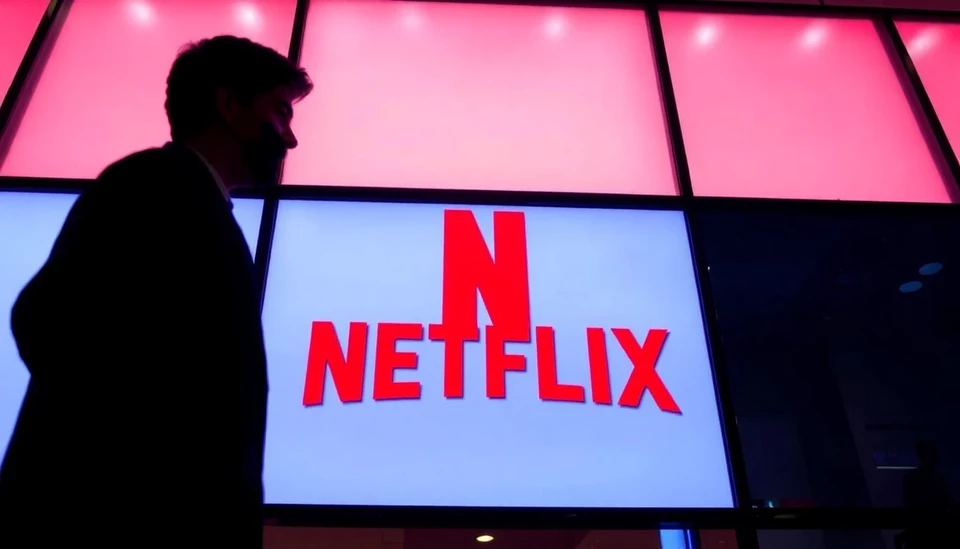
In a striking turn of events, Netflix has announced record-breaking profits for the recent quarter, igniting discussion and debate among industry analysts and subscribers alike. The streaming giant revealed a net income of $1.5 billion for the first quarter of 2025, marking a significant increase from previous earnings and showcasing the platform's continued resilience in a competitive market.
This impressive financial performance comes at a time when Netflix has made the controversial decision to withhold specific subscriber data, a move seen by many as a strategy to bolster its stock price amidst fluctuating viewership trends and intense competition. Traditionally, the company has disclosed subscriber growth figures, providing transparency to investors and stakeholders. However, in this latest quarter, Netflix opted to refrain from sharing these metrics, leading to speculation about potential declines in viewer numbers and subscriber retention.
Analysts were quick to dissect this apparent contradiction between soaring profits and the absence of critical user metrics. Some experts believe this strategy could be a double-edged sword; while it might protect the company's image from potential negative interpretations of subscriber growth, it also raises questions about the actual health of its user base. Keeping subscriber figures under wraps might prevent panic within the investor community, given the growing competition in the streaming sector from rival platforms such as Disney+, Amazon Prime Video, and new market entrants.
Despite the opacity surrounding subscriber statistics, Netflix's increased profitability can be attributed to several key factors. Executive leadership has pointed to successful content strategies, including the launch of several high-profile original series and films that have resonated well with audiences. Additionally, the company has increased its pricing plans, which, despite some potential backlash from subscribers, have contributed significantly to its revenue growth. This combination of compelling content and strategic pricing adjustments has equipped the platform to weather challenges in the landscape of streaming media.
Moreover, Netflix's extensive library of original programming continues to draw both existing customers and new sign-ups, particularly in international markets where viewership is on the rise. The influence of social media on marketing strategies has also played a crucial role in the platform’s engagement with subscribers, often boosting viewership numbers for newly-released content through viral promotion.
Looking ahead, the industry will be closely monitoring the implications of Netflix's withholding subscriber data on its future performance. As investors and industry analysts seek to gauge the platform's position in an increasingly crowded market, Netflix will have to navigate the fine line between financial transparency and strategic discretion. In doing so, the company may redefine its approach to investor communications and engender a new era of engagement with its audience.
With the power dynamics in the streaming world shifting rapidly and consumer preferences evolving, it remains to be seen whether Netflix's gamble on profit over data will pay off long-term, or if it might backfire as competition intensifies and subscriber satisfaction remains paramount.
Stay tuned for further developments as Netflix continues to shape the future of content consumption.
#Netflix #Streaming #QuarterlyResults #Profit #SubscriberData #MediaIndustry
Author: Samuel Brooks



